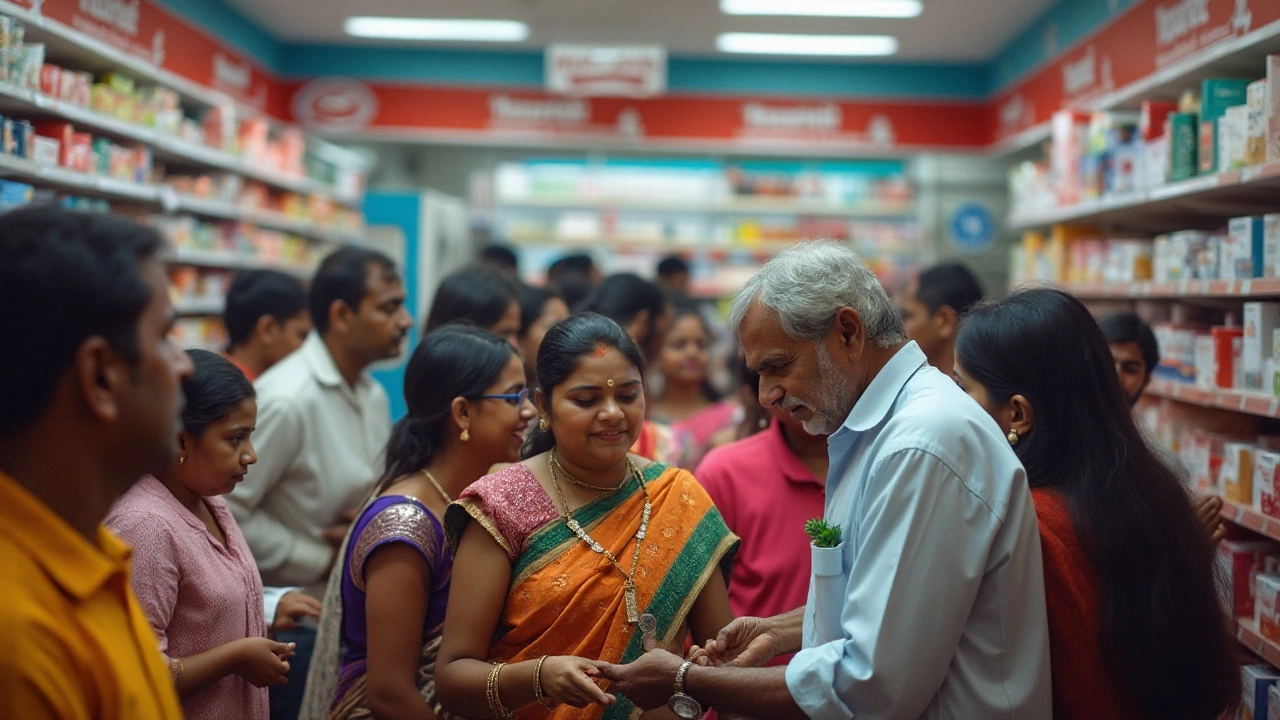Expensive Pharmacy: Why Some Medicines Cost So Much and What You Can Do
When you walk into an expensive pharmacy, a place where prescription drugs are sold at prices far above what’s reasonable or necessary. Also known as high-cost pharmacy, it’s not just about brand names—it’s about systems that let drug makers set prices with little oversight. You’re not imagining it. A month’s supply of insulin, a common diabetes drug, can cost over $300 in India even though it’s been around for decades. Same goes for heart meds, antibiotics, and even basic painkillers. Why does this happen? It’s not because the ingredients are rare. It’s because the system allows it.
Behind every drug pricing, the process by which pharmaceutical companies determine what to charge for a medicine. Also known as medication cost structure, it often includes research costs, marketing, patents, and profit margins that have little to do with actual production. A pill that costs 5 rupees to make can be sold for 500. That gap isn’t about science—it’s about control. Companies hold patents that block cheaper versions for years. Even after patents expire, some pharmacies keep charging high prices because patients don’t know alternatives exist. And many don’t ask. They just pay. Meanwhile, medication affordability, how easily a person can pay for the drugs they need without financial hardship. Also known as drug access, it’s a daily struggle for millions in India who choose between food and medicine. You’ll find stories in our posts about people skipping doses, splitting pills, or buying from unregulated sellers just to get by.
But you’re not powerless. The expensive pharmacy model thrives on silence. Once you know how prices are set, you can push back. Ask for generics. Check online pharmacy listings. Talk to your physiotherapist or doctor about lower-cost alternatives—many pain relief or recovery aids have affordable equivalents. Some of our posts break down exactly which drugs have cheaper versions, which ones are overpriced scams, and how to spot them. You’ll also find real stories from people who saved hundreds by switching suppliers or using government health schemes. This isn’t about avoiding care—it’s about getting care without getting robbed.
-
1
In today's digital age, CVS Pharmacy remains a go-to option for many, yet its high prices often raise eyebrows. This article delves into the reasons behind these costs, understanding the dynamics between convenience and pricing. Exploring factors from insurance involvement, brand recognition, to operational infrastructures, we uncover why CVS might be burning a hole in your pocket. Get practical tips on how to manage and potentially reduce your medication expenses.
